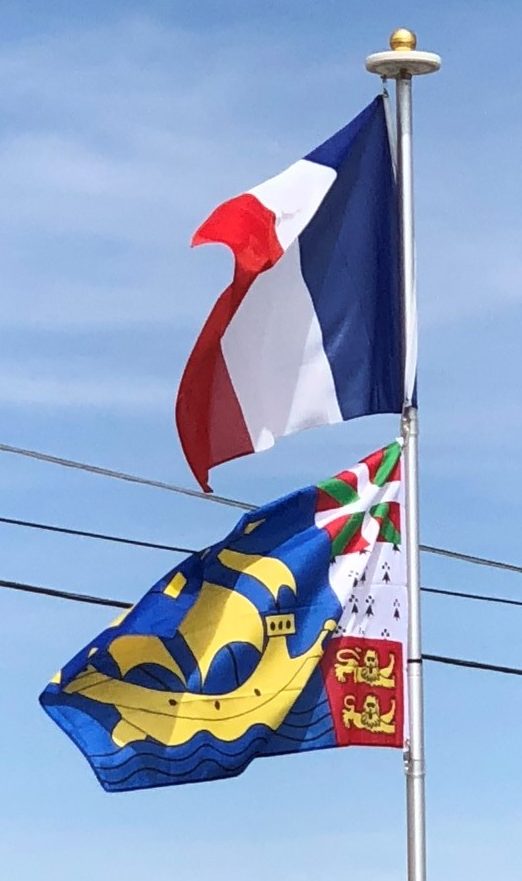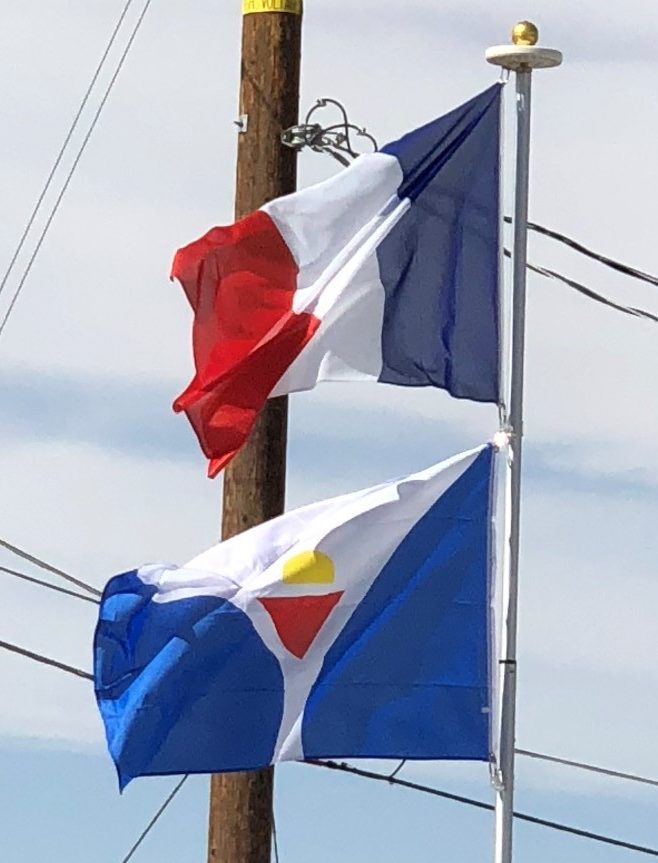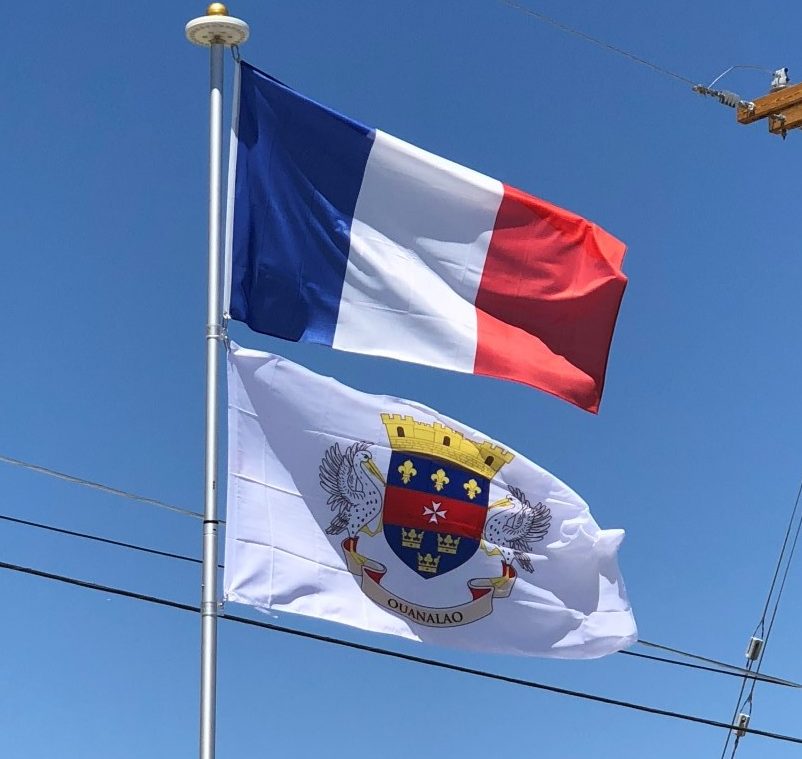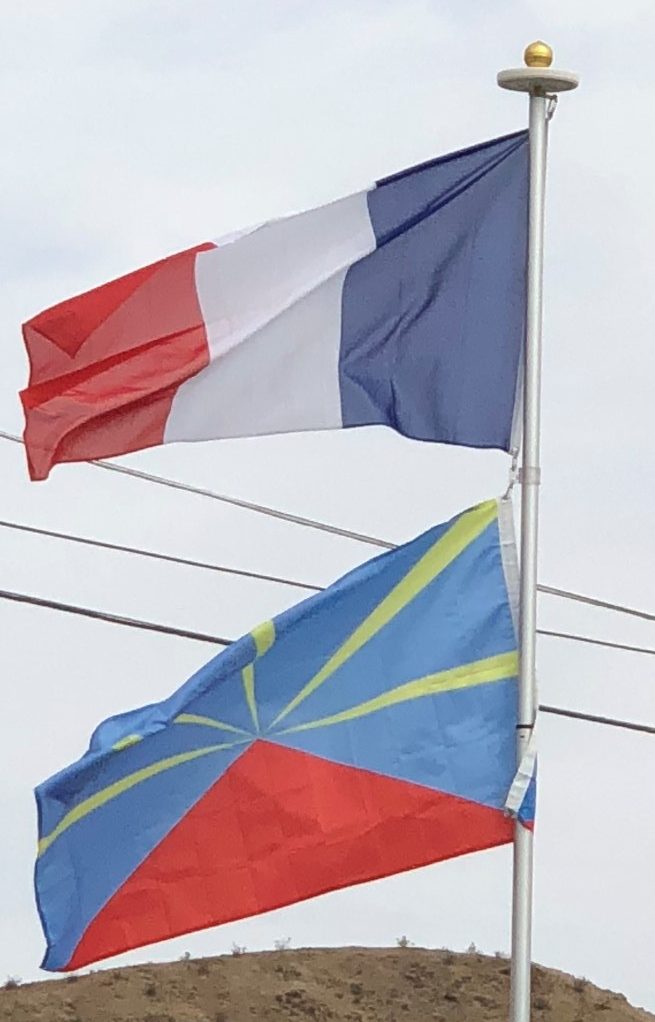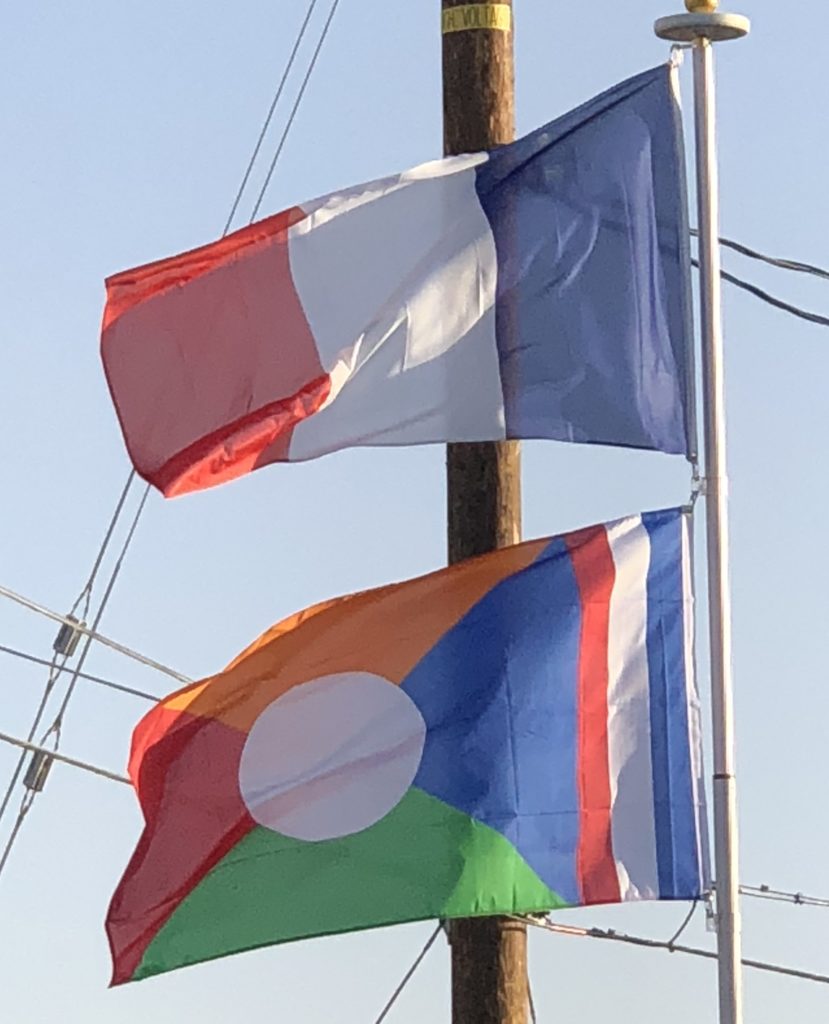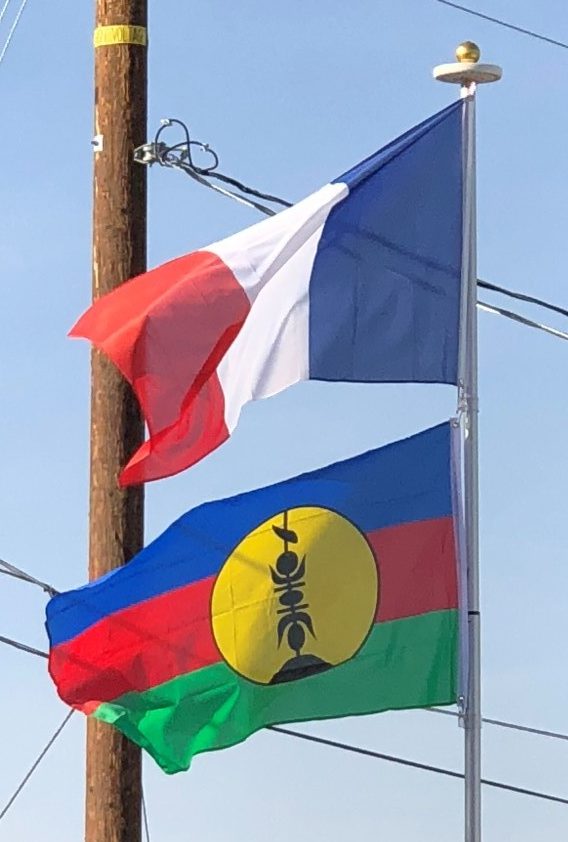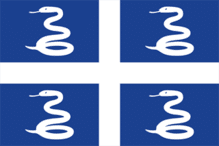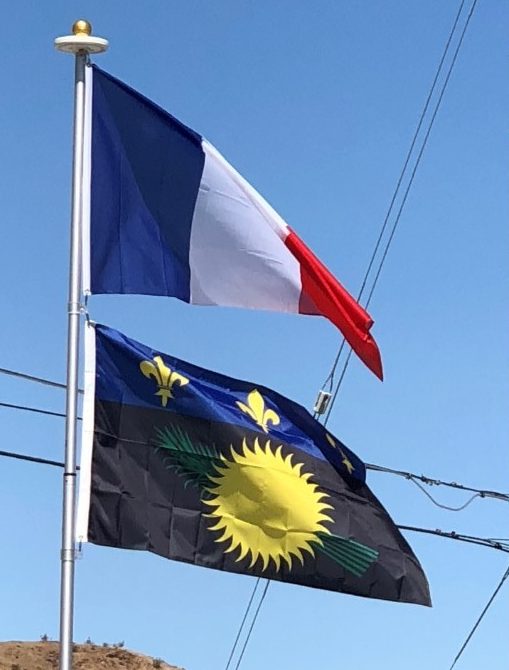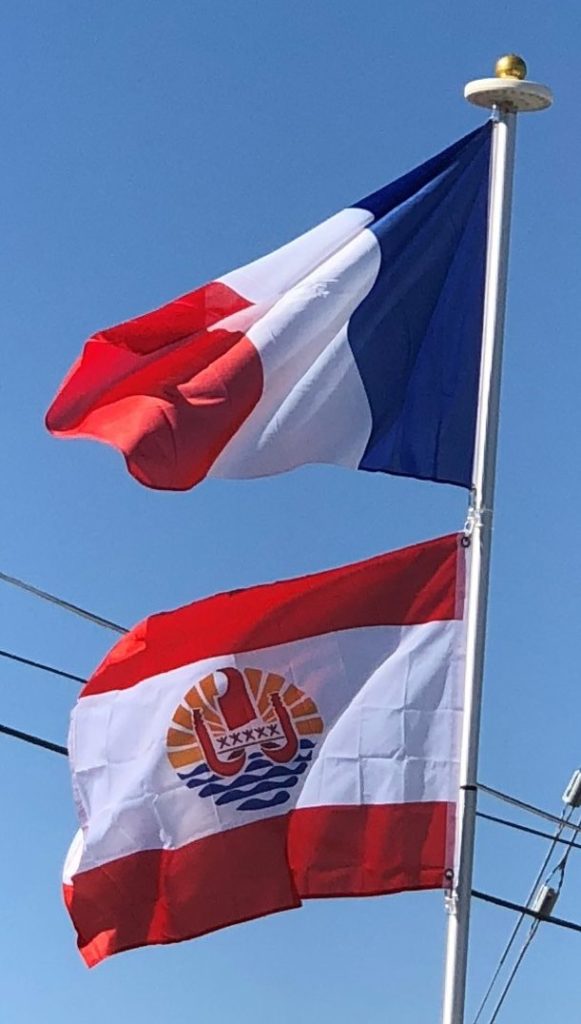The Mysterious Islands of Saint Pierre and Miquelon
The official flag of Saint Pierre and Miquelon, as is true of all of Overseas France, is the French Tricolour. However, there is a local and unofficial flag that is seen in use and that is the flag we were flying today. The unofficial flag was designed in 1982, likely by a local business owner, André Paturel. The flag is based on the Collectivity’s coat of arms. The flag is blue with a yellow ship, said to be Grande Hermine, which brought Jacques Cartier to Saint-Pierre on 15 June 1536. Three square fields placed along the hoist recall the origin of most inhabitants of the islands, from top to bottom, Basques, Bretons, and Normans.
The Mysterious Islands of Saint Pierre and Miquelon Read More »
